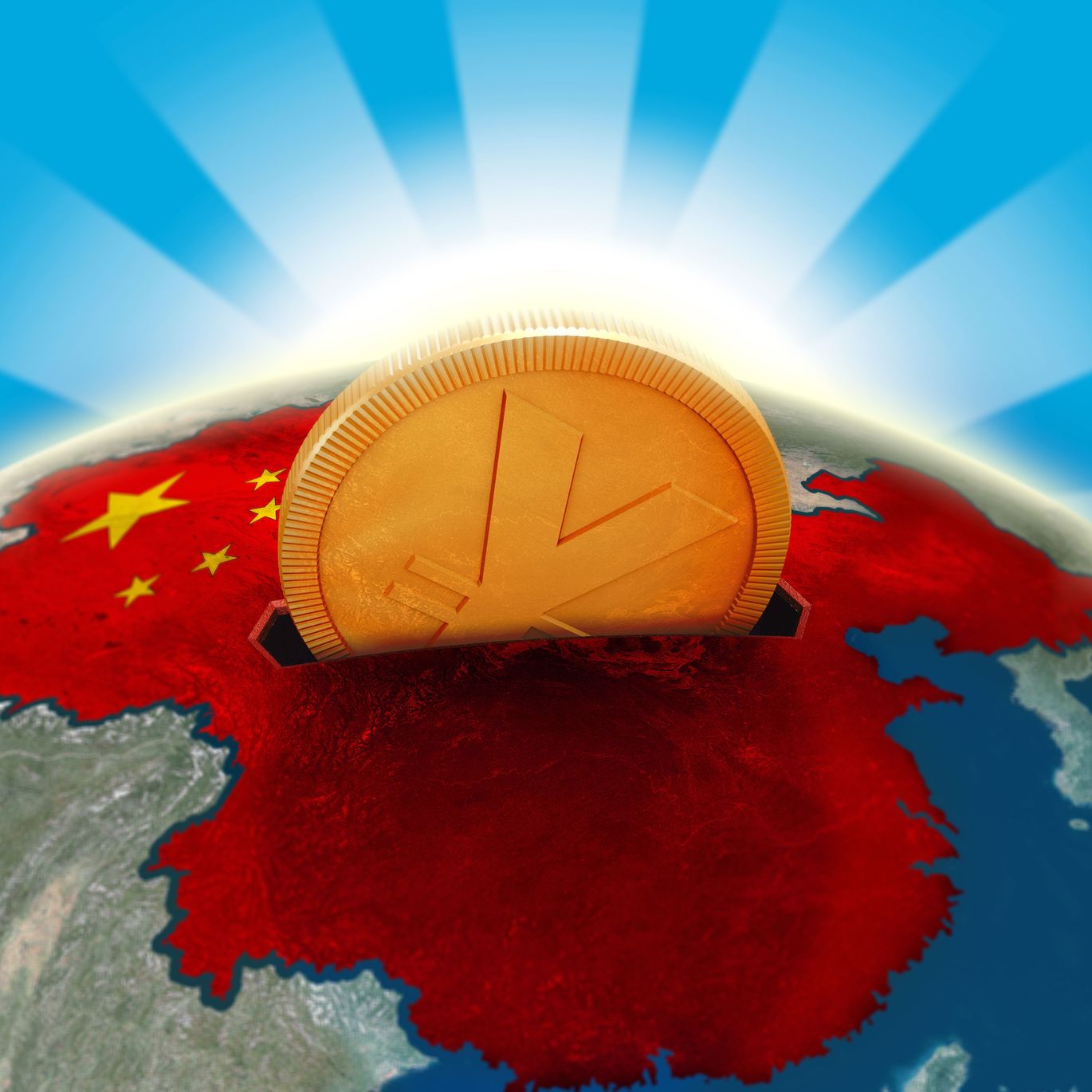
by Jan Nieuenhujis at Gainesville Corn
This article is a primer on the Chinese gold market, more specifically the Shanghai International Gold Exchange (SGEI). The SGEI facilitates “offshore” gold trading in renminbi and can play a crucial role in de-dollarization, as it allows countries to use renminbi as a trade currency that can be converted into gold without affecting China’s balance of payments. De-dollarization can be accomplished by using yuan to settle international trade and store surpluses in gold through the SGEI.
 Chinese Yuan, Gold, and De-Dollarization
Chinese Yuan, Gold, and De-Dollarization
Introduction
In the Chinese gold market two circuits can be distinguished. Simplified, there is gold trading in the domestic market and in Free Trade Zones (FTZs). The domestic market is separated from FTZs and the rest of the world by the Chinese central bank, the People’s Bank of China (PBoC), that controls import into and export from the domestic market. Gold import and export between FTZs and the rest of the world is not regulated by the PBoC. The SGEI is located in the Shanghai Free Trade Zone (SFTZ) to spur international gold trading in renminbi.
The Chinese Domestic Gold Market
Let’s first examine the Chinese domestic gold market with the Shanghai Gold Exchange (SGE) at its core before we discuss the ins and outs of the SGEI.
Prior to 2002 the PBoC was the primary dealer in the Chinese gold market. With the launch of the Shanghai Gold Exchange (SGE) in 2002 the market was slowly liberalized and took over price setting and gold allocation from the central bank. By 2007 liberalization was completed as by then most wholesale supply and demand flowed through the SGE.
Laws and tax incentives funnel most supply—mine output, imports, and recycled gold—towards the SGE, which for liquidity reasons automatically attracts most demand. The SGE has its own chain of integrity, meaning only certified refineries can load-in gold bars into SGE vaults. To guarantee all metal in the SGE vaulting system is of the right quality, bars withdrawn from the vaults are not allowed to re-enter before having been remelted by a certified refiner. Every month the SGE publishes the tonnage of gold withdrawn from its vaults, which can be interpreted as wholesale demand.
From the SGE rulebook:…
Continue Reading